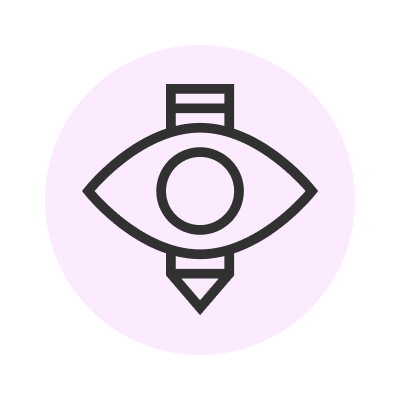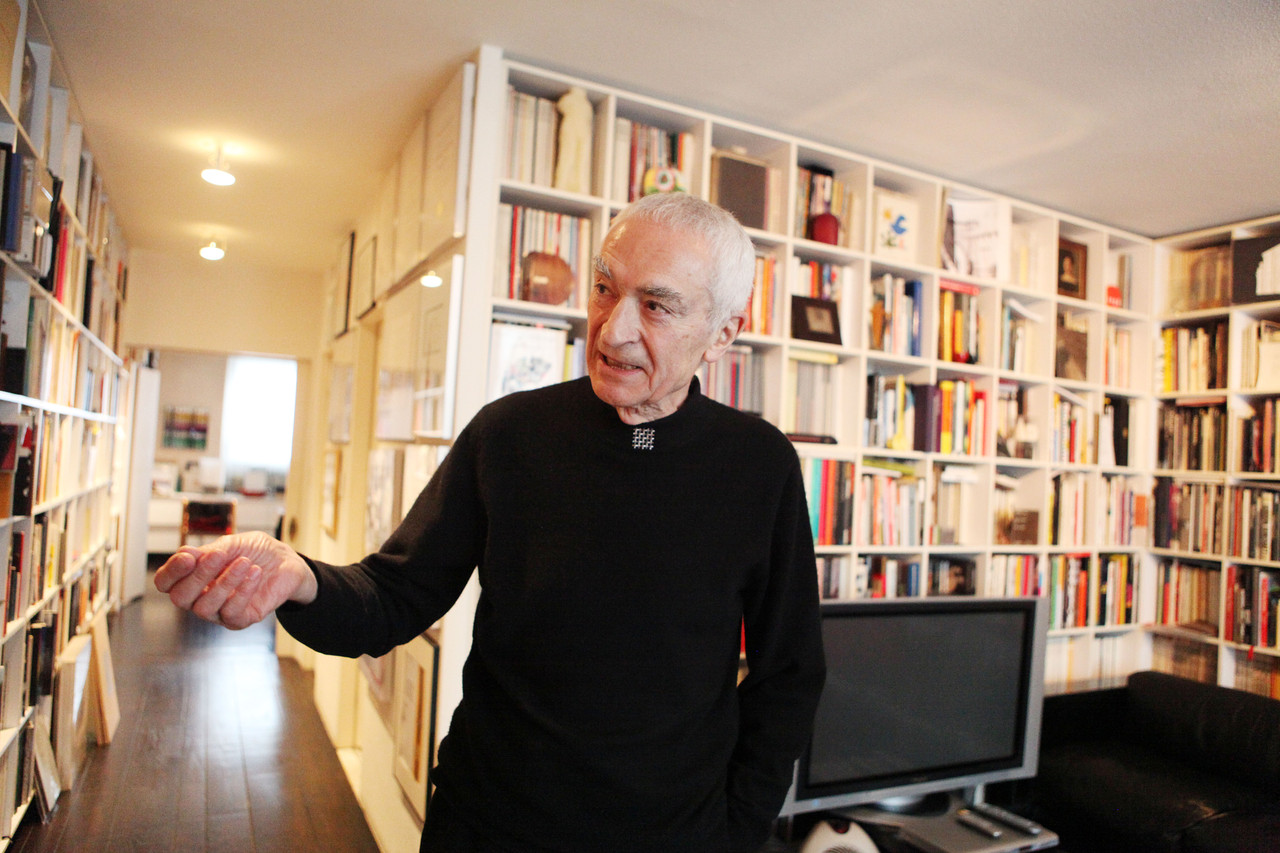Philosophy︎
June 2022 • 5 min readAs a designer and creative lead, these are my top 10 attributes for building great teams and sustaining an innovative culture. They each play a role to produce meaningful
products that improve lives.

1 of 10
Augment the human.
The products we introduce to the world should offer an extension of human capability. When the user feels as though they have become a better version of themselves is when products feel magical. In a time of continual technological change, designers should understand where industries are heading so that they can differentiate in new ways that augment human progress.

2 of 10
Jump to the end.
Jump to the end.
Leading starts with a vision and vision is often not articulated or communicated. When you don't know where you are heading, you are simply leading your team in circles – revisiting the same problems from the same perspective. Instead, inspire your team with clear goals, strategies for getting there, and show them directly how to contribute. Get your team together and build that vision together. Articulating a clear ‘Why’ is the first step towards building an innovative team culture.

3 of 10
Make time for play.
Make time for play.
Playful energy results in more failures than successes. It’s the act of play that leads to solutions that are new and different. Many businesses understand this and build it into their process so that when successes pay off, they pay off big. Designers must operate proactively, creating the room for playful energy to exist. Encourage your team to set aside 90 minutes per day for focused, playful creation, both independently or in a collaborative group setting.

4 of 10
Trust your instinct.
When you see an opportunity, seize it with the talent on your team. If you articulate why it’s important to investigate an area of unique opportunity at the right time, your team will latch on and do more than you individually could imagine is possible. Going through this process can build trust amongst your team and encourage them to act on their instincts in the future as well.
Trust your instinct.
When you see an opportunity, seize it with the talent on your team. If you articulate why it’s important to investigate an area of unique opportunity at the right time, your team will latch on and do more than you individually could imagine is possible. Going through this process can build trust amongst your team and encourage them to act on their instincts in the future as well.

5 of 10
Revisit your perspective.
Revisit your perspective.
Sometimes we get stuck – whether that’s a project, a collaboration or working with a client. There is a Native American proverb “what do you do when you get lost? Stand still. The trees and bushes beside you are not lost. Consider that wherever you are now is the best place from which to get to where you want to go.” When your team is stuck, offer guidance on how to view the problem from a different perspective and how that might change how to think about the opportunity space.

6 of 10
Constantly communicate.
Constantly communicate.
Leaders have a tendency to sit on information and wait until the moment is just right. The reality is that the moment is never right so the right time is right then. Information is power and to have empowered teams, you need to share information. Obviously, some things you must hold back. In those instances, share that the information can't be shared and why. Don't leave people in the dark and expect them to see.

7 of 10
Be open to change.
Be open to change.
Get comfortable with being uncomfortable. If harnessed correctly, embracing ambiguity can enable new ways to look at a problem and approach it from a fresh perspective. Allow yourself to be carried away by new energy, embrace new approaches and accept when you’re not in control. When we feel change is often when we’re learning the most.

8 of 10
Make things visual.
Make things visual.
Write down and sketch your thoughts. Practice good storytelling. Find a solitary place when you need to focus – a place you can be yourself. That’s when your most meaningful work is done. Visualize exciting, larger opportunities to your team that don’t necessarily map to today's roadmap. Be ok with them being wrong, but more importantly be excited about the possibility of them being right.

9 of 10
Take a chance on someone.
Take a chance on someone.
It’s the people who make great products. When your instinct is to invest in a team member's approach or direction, do that. It’s their conviction and leadership that facilitates good team culture. Creating the environment for team members to propose the direction is when you know you’re moving in the right direction.

10 of 10
Practice careful listening.
Practice careful listening.
Listening is when ideas are born. Take a moment to create deeper meaning when receiving new information. Pay attention to details – a color, song, place that catches your attention. It’s these details that form your opinion and generate ideas that become something meaningful you believe in.
A tribute to one of my mentors, Richard Branham – a professor of Interaction Design & Human Factors. He was a pioneer in design systems, human-centered interaction design and large-scale wayfinding projects (Sears Tower, Chicago; Kingdom Tower in Saudi Arabia; St. Luke's Health Systems) and branding projects (Ford; JC Penney; Target). Richard was a passionate, deeply caring individual who worked through his retirement to teach young design thinkers how to evolve their mindset into one that is human-first. He told us it’s important to always be evolving your design philosophy. Looking back, I think he was teaching us more – how to develop conviction, and he made a lasting impression on me. This is for you, Richard.



